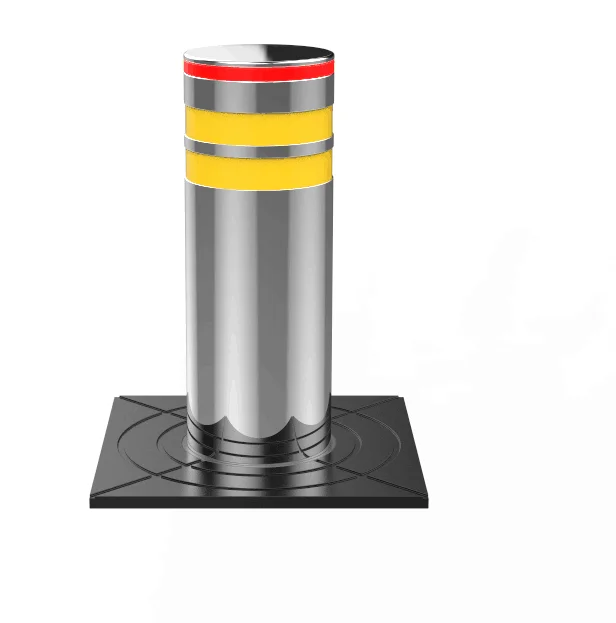Perimeter security options are a set of measures and technologies designed to protect the outer boundaries of a facility, property, or network from unauthorized access and potential threats. These options are essential for safeguarding bodily and digital property, as they function the primary line of protection against intruders, vandals, and cyberattacks. Here are some frequent perimeter safety solutions:
Fencing and Barriers: Physical obstacles like fences, partitions, bollards, and gates are the most fundamental form of perimeter safety. They deter unauthorized access and can be designed to be aesthetically pleasing or highly safe, relying on the necessities.
Access Control Systems: Access control methods handle who can enter or exit a premises. This consists of technologies like key playing cards, biometric scanners, and PIN codes, which may be integrated with gates, doorways, and turnstiles.
Surveillance Cameras: Closed-circuit television (CCTV) cameras are used for continuous monitoring. Modern cameras typically embody options like night time vision, motion detection, and distant access for real-time monitoring.
Intrusion Detection Systems: These techniques use numerous sensors like movement detectors, glass break detectors, and seismic sensors to detect unauthorized entry. When a breach is detected, alarms are triggered.

Perimeter Lighting: Adequate lighting can deter intruders and help surveillance cameras capture better pictures. Motion-activated lighting could be notably efficient.
Electronic Sensors: These embody technologies like perimeter intrusion detection techniques (PIDS), which use sensors to detect vibrations, pressure, or changes in electromagnetic fields alongside the perimeter.
Security Guards: Human presence may be an efficient deterrent. Security personnel patrol the perimeter and may reply to incidents in real-tim
Biometric Identification: Biometric applied sciences like fingerprint scanners, retina scans, and facial recognition can be utilized to ensure that only authorized personnel acquire entry.
removable bollards : For bigger facilities or properties, controlling vehicle entry is crucial. This might contain obstacles, gates, and license plate recognition techniques.
Cybersecurity Measures: In the digital realm, firewalls, intrusion detection methods (IDS), intrusion prevention systems (IPS), and community monitoring tools help shield digital perimeters from cyberattacks.
Perimeter Alarms: Alarms may be triggered by various sensors and detectors and are used to alert safety personnel or authorities when a breach occurs.
Communication Systems: Effective communication is essential for coordinating responses to security breaches. Two-way radios, intercom methods, and emergency notification systems play a task in this.
Integration and Control Center: Many modern solutions are built-in into a centralized management middle. This allows for a comprehensive view of the perimeter and allows quick response to incidents.
Drones and Aerial Surveillance: Unmanned aerial automobiles (UAVs) or drones geared up with cameras and sensors can provide aerial surveillance, especially in giant and distant areas.
The selection of perimeter security solutions is determined by the particular needs and risks of a facility or network. In many instances, a mix of those solutions is used to create a layered protection that gives multiple levels of security. Regular assessment and updating of perimeter security measures are important to adapt to evolving threats and technologies..
